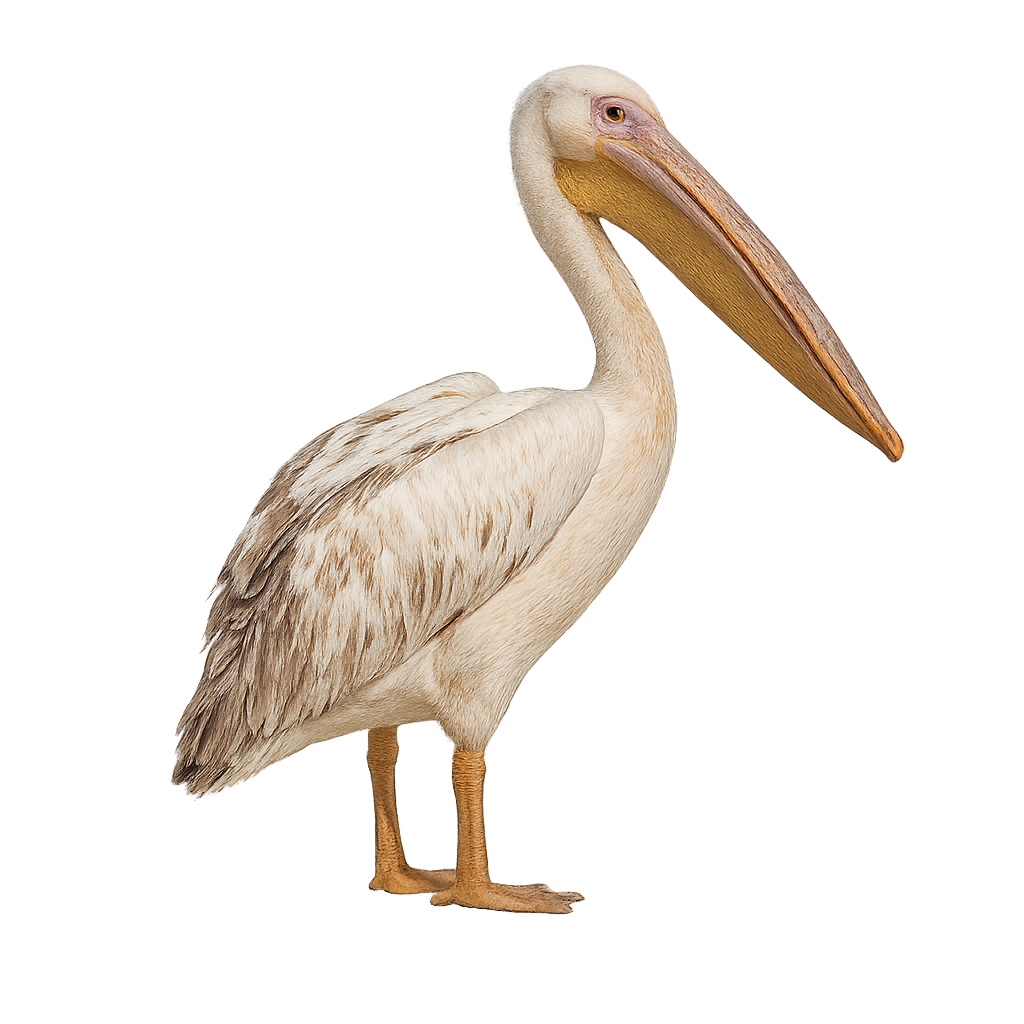Your wildlife photography guide.
Explore the great white pelican in detail, study its behavior, prepare your shots.
Where to observe and photograph the great white pelican in the wild
Learn where and when to spot the great white pelican in the wild, how to identify the species based on distinctive features, and what natural environments it inhabits. The WildlifePhotographer app offers tailored photography tips that reflect the great white pelican’s behavior, helping you capture better wildlife images. Explore the full species profile for key information including description, habitat, active periods, and approach techniques.
Great White Pelican
Scientific name: Pelecanus onocrotalus

IUCN Status: Least Concern
Family: PELECANIDAE
Group: Birds
Sensitivity to human approach: Suspicious
Minimum approach distance: 10 m
Courtship display: February to April
Incubation: 29-36 jours
Hatchings: March to June
Habitat:
lakes, marshes, estuaries
Activity period :
Primarily active during the day, with peak activity in the morning and late afternoon.
Identification and description:
The Great White Pelican, or Pelecanus onocrotalus, is a large aquatic bird easily recognizable by its bright white plumage and long, voluminous bill with an expandable pouch. It primarily inhabits freshwater lakes and marshes, but can also be found in estuaries and coastal lagoons. This gregarious bird is often seen in large groups, flying in formation or resting on shores. It feeds mainly on fish, which it catches by dipping its bill into the water. Its collective fishing technique is fascinating, as several individuals form a circle to trap fish. The Great White Pelican is a symbol of cooperation and harmony in nature.
Recommended lens:
400 mm – adjust based on distance, desired framing (portrait or habitat), and approach conditions.
Photography tips:
To photograph the Great White Pelican, it is advisable to use a telephoto lens of at least 400mm to capture detailed images from a distance without disturbing the bird. Look for places where pelicans gather, such as lake shores or estuaries. Be patient and wait for them to move in groups or fish, as these moments offer unique photographic opportunities. Morning or late afternoon light is ideal for capturing shots with soft, natural lighting.
The WildlifePhotographer App is coming soon!
Be the first to explore the best nature spots, track rutting seasons, log your observations, and observe more wildlife.
Already 1 431 wildlife lovers subscribed worldwide

